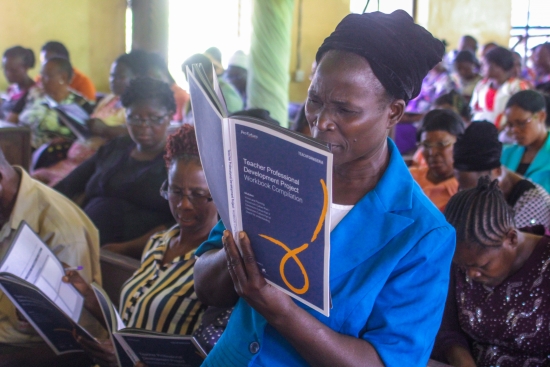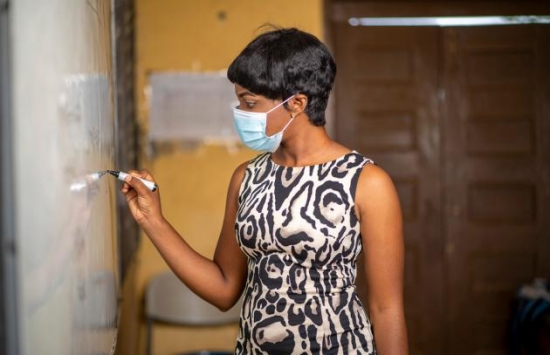The Supply Side of Teacher Labor Markets in Low- and Middle-lncome Countries
| Cuándo: | Lunes, Febrero 20, 2023 - 09:30 - Lunes, Febrero 20, 2023 - 11:00 |
| Dónde: |
Comparative & International Education Society (CIES) Conference, Washington, D.C., USA Grand Hyatt Washington, Floor: lndependence Level (5B), lndependence F
|
| Zona horaria: |
America/New_York
|
| Organizadores: |
|
CIES 2023 - Improving Education for a More Equitable World
Comparative and international perspectives are essential to fulfilling the dream of educational equity. The CIES 2023 Annual Meeting will explore the following crucial questions: how should we critically look at and meet desired outcomes across time and space? What changes can bring about responsible and sustainable advancement in learning, teaching, and schooling? What implications may these changes have on individual systems, contexts, and the already vulnerable planet? And how may our endeavors help redefine comparative and international education in a way that reconnects it with contextualized educational policy and practice?
Session: The Supply Side of Teacher Labor Markets in Low- and Middle-Income Countries
Scholars of comparative education have given a lot of attention to the demand side of teacher labor markets. We have asked how do policies attract teachers into the profession and then retain and motivate them once there. Given the importance of teachers in learning, attracting and retaining the best teachers is of critical importance. The effects of these policies, however, are influenced by a prior question: who becomes a teacher?
There is still a limited understanding of supply side factors that lead teachers to enter, stay in, or leave the profession. This broadly includes factors that explain why someone becomes and remains a teacher such as their personal background, demographics, education, attitudes, values, and professional motivations. Understanding the supply side factors is important not just in their own right but also because of the implications they may have for other teacher related practices and outcomes of interest to policy. For example, will a teacher education and training program yield expected results? If we wish to increase incentive for teachers, what would be the best way to do so given who enters the teaching profession?
This panel brings together a series of papers that engage in these questions across a number of country contexts including Burkina Faso, Colombia, India, South Africa, and Vietnam. We begin to provide tentative answers to questions about teacher selection through the analysis of large scale quantitative data. We hope that conversations sparked by these papers can begin to establish a research agenda that asks not only how can we attract the best teachers, but who becomes a teacher and why?
Together, the three papers bring evidence to bear from a wide geographic scope around the central question of who becomes a teacher. The panel looks to generate discussion around how we can further understand teacher selection and retention, and draw cross-national comparative lessons for this emerging research agenda.

